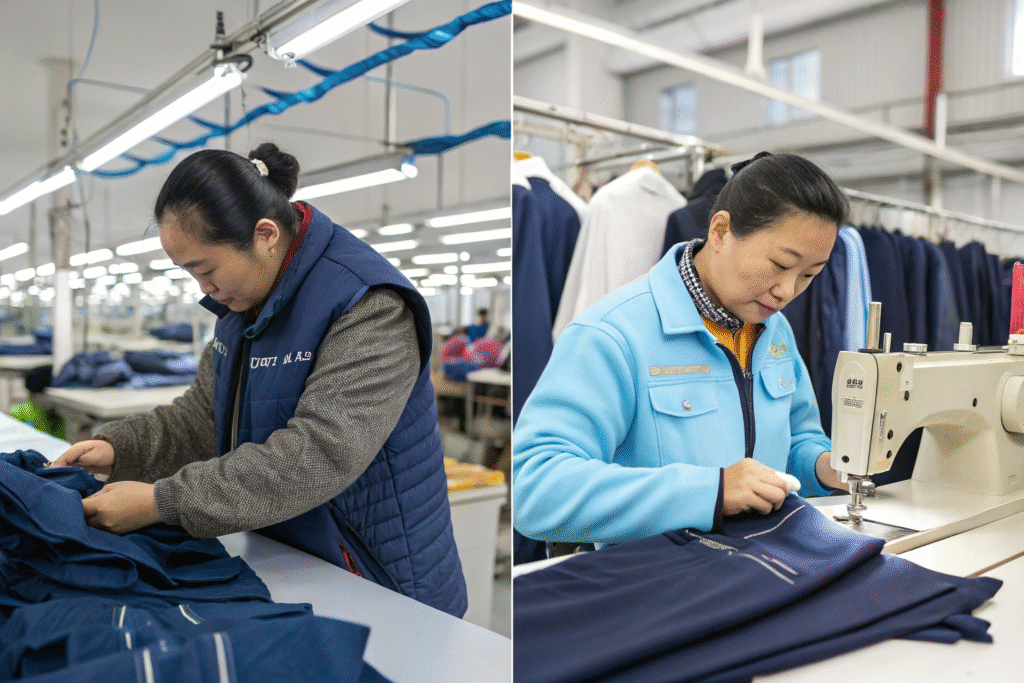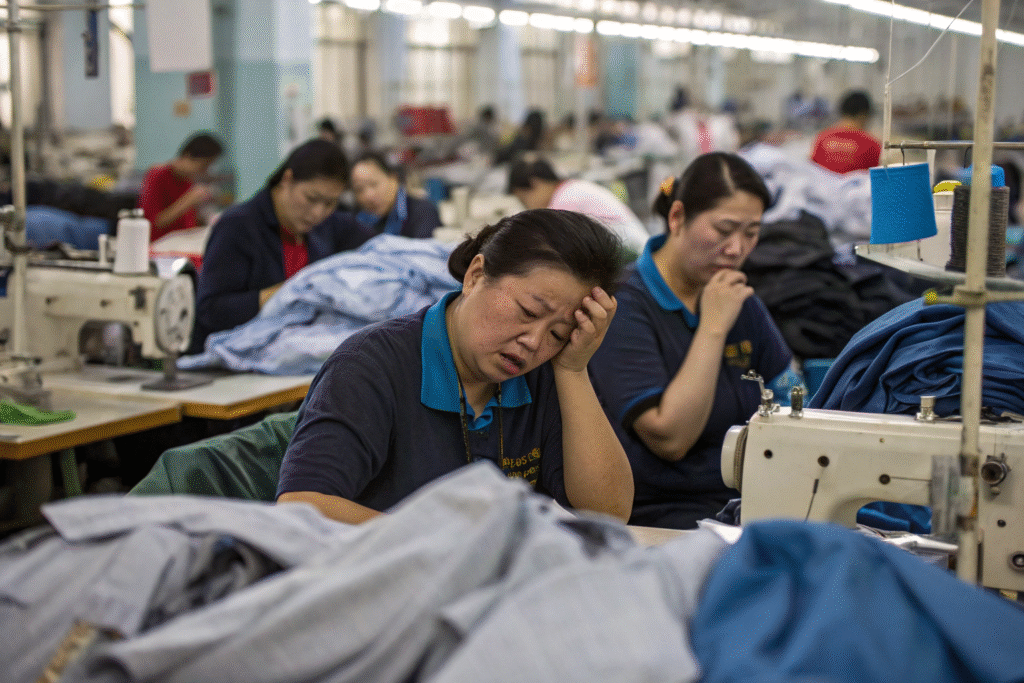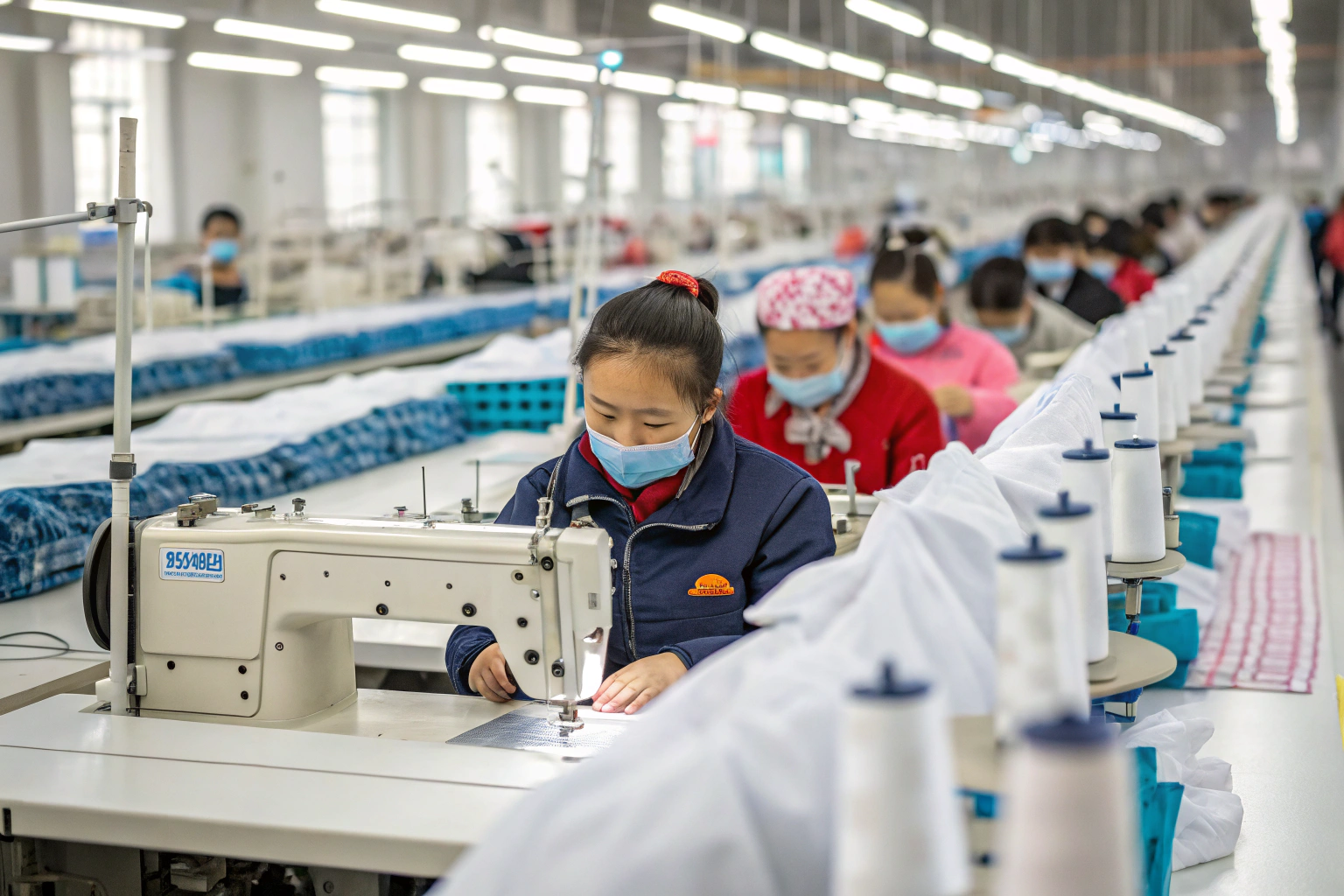In the fashion supply chain, few questions carry more weight than this one: What is the profit margin in a garment factory? As a factory owner myself, I’ve encountered this inquiry countless times from brand buyers and sourcing agents trying to balance pricing with quality. It’s not just a number—it reflects how efficiently a factory is run, how sustainable it is, and how trustworthy it will be long-term.
The average net profit margin in garment factories typically ranges from 4% to 12% depending on the scale, region, and production model. High-efficiency factories with vertical integration can hit 15%, while smaller CMT factories may barely break even after costs.
If you’re sourcing clothing, especially children’s wear from overseas like China, Vietnam, or Bangladesh, understanding factory margins is more than just academic. It empowers you to negotiate smarter, spot red flags, and build more transparent supplier relationships. Let me break it all down for you.
What factors influence garment factory profit margins?
When we talk about profit margins, there’s more than meets the eye. Let’s look at the biggest cost levers affecting them.
Garment factories’ profit margins are shaped by raw material prices, labor costs, factory overheads, machine depreciation, and client order sizes. The larger and more consistent the orders, the more room there is for better margins.

How do raw material prices affect profitability?
The fabric cost makes up about 50–60% of the total garment cost. When fabric prices rise due to cotton shortages or polyester demand surges, margins tighten unless factories renegotiate prices. According to Textile Today, fluctuations in yarn and dye costs significantly impacted garment pricing in 2024. Smart factories pre-book materials during low seasons to hedge risks.
Another issue is quality variation. If a batch of low-grade fabric leads to higher defect rates, profit margins nosedive due to rework or client returns. That’s why many high-performing exporters invest in long-term fabric supplier contracts.
What role does labor cost play in margin control?
Labor is the second-largest cost in any factory. While labor in China is pricier than in Bangladesh, Chinese factories often automate partial processes and focus on quality output. According to Statista, Chinese garment worker wages averaged $500/month in 2024.
Skilled workers can complete more units per hour, directly improving margins. In contrast, turnover or poor training leads to bottlenecks and wastage. That’s why I personally oversee onboarding and skill testing for every new seamstress on our babywear line.
What are the average margins for different garment production models?
Not every factory earns the same. Let’s compare across production styles and service types.
Profit margins vary by model: FOB factories with full-package services earn 10–15%, while CMT (Cut-Make-Trim) factories average just 4–7% due to limited scope.

Why do FOB factories earn higher profits?
FOB, or Full Ownership Basis, includes sourcing fabric, producing the garment, and shipping logistics. This full-package model lets factories mark up each service. A 10% fabric margin + 5% manufacturing margin + 3% logistics margin quickly becomes 18%.
Many clients accept slightly higher prices because they save coordination time. For example, an FOB baby romper order from us includes certified OEKO-TEX fabrics and end-to-end inspection, eliminating third-party costs.
Why do CMT factories struggle with lower margins?
CMT factories only cut, sew, and trim garments. Clients supply fabric and accessories. This limits profit layers. They compete on labor efficiency and volume. According to Apparel Resources, CMT models are more vulnerable to low order volumes and holiday slumps.
To maintain profitability, some CMT factories batch similar styles for different buyers. This helps them maximize output from the same layout setup, but only works if their clients are flexible.
How can factory owners increase profit margins?
I’ve spent over a decade improving our profit margins. Here are strategies that work—and those that fail.
To increase margins, factories can invest in automation, offer more services (like embroidery or packaging), and adopt lean production. Trying to cut corners on quality almost always backfires.

Can automation actually improve profits?
Yes, and not just in large factories. Even small and medium factories like ours can install auto-cutting machines or digital heat transfer printers. According to Just-Style, automation in Asian textile factories is expected to grow 10% annually through 2027.
We recently invested in programmable sewing machines that reduced stitching time per unit by 15%. The ROI was less than a year, and defect rates dropped too.
Does better logistics help improve margins?
Absolutely. Delayed shipments hurt client trust and increase warehousing costs. We shifted from EXW to DDP solutions and partnered with 4PX Logistics to reduce transit issues. Margins improved because we avoided chargebacks from missed seasons.
Clients also reward reliable factories with bigger orders. That volume helps us negotiate better freight and fabric deals, which feeds back into margin improvement.
What are the risks to factory profit margins?
Profitability is fragile. One disruption—material delay, strike, power outage—can collapse margin structures overnight.
Margins in garment factories are highly sensitive to operational disruption, quality rejection, and buyer behavior. Factory owners must plan for volatility.

How does over-reliance on one buyer hurt margins?
Putting all your eggs in one basket is dangerous. If that buyer delays payment or cancels last minute, your entire monthly revenue collapses. According to Export Genius, many SME garment factories went bankrupt in 2020 when European buyers froze orders.
That’s why we always keep at least 3–5 stable clients per production line. It cushions risk and gives us leverage to say no to unreasonable price cuts.
Can poor certifications affect margins?
Yes. If your factory lacks CPSIA or BSCI compliance, big brands won’t work with you—or will demand discounts. We had one client ask for a 10% refund because the previous supplier forged a certificate. Since then, we conduct third-party audits annually.
Even if you don’t get caught, it’s a short-sighted way to ruin long-term profitability. Reputational damage cuts deeper than any single margin loss.
Conclusion
Understanding profit margins in a garment factory helps both buyers and manufacturers build a sustainable relationship. Margins are never fixed—they’re shaped by your choices, your transparency, and how you navigate cost versus value. In my own experience, a healthy 10–12% margin lets us reinvest in better machines, higher worker bonuses, and long-term partnerships. If you’re sourcing from factories like ours, knowing how margins work gives you the clarity to build deals that last.










